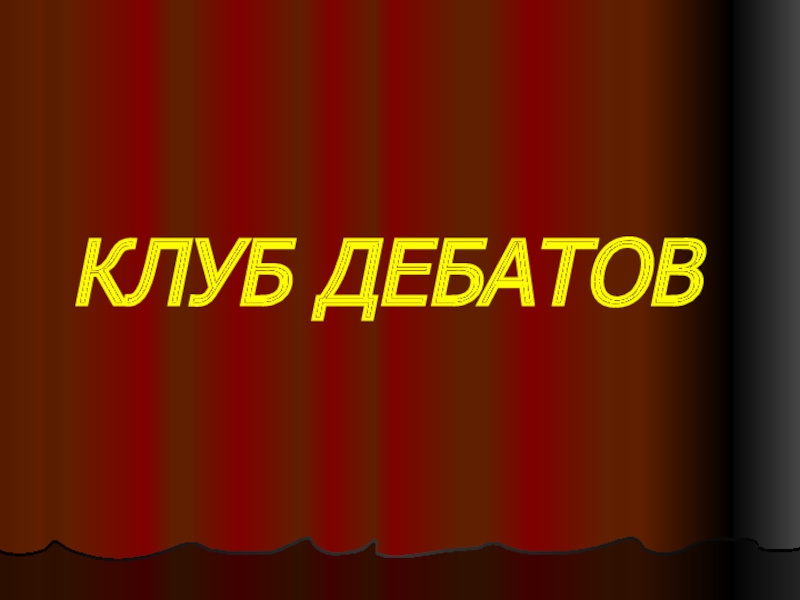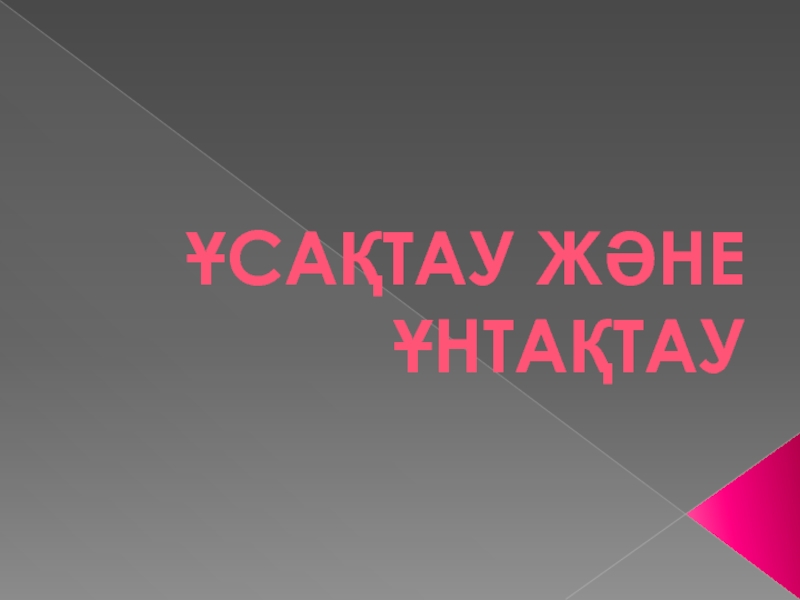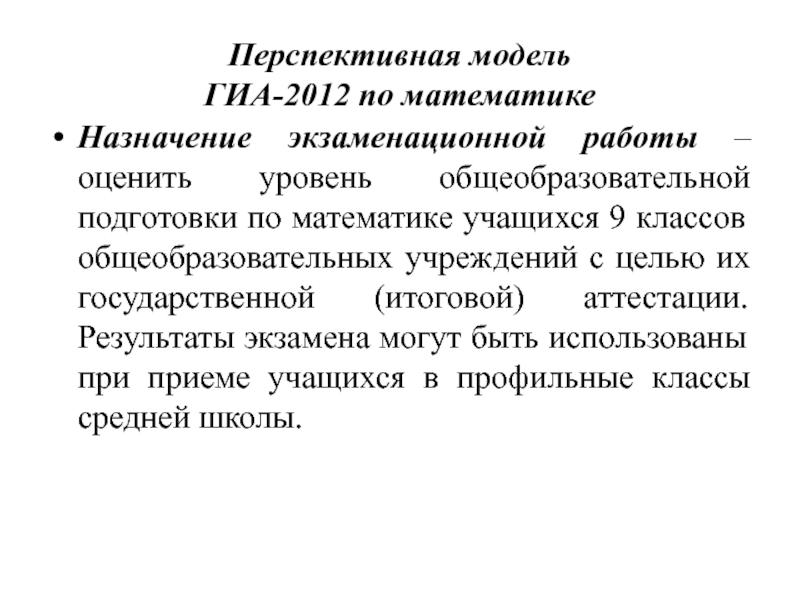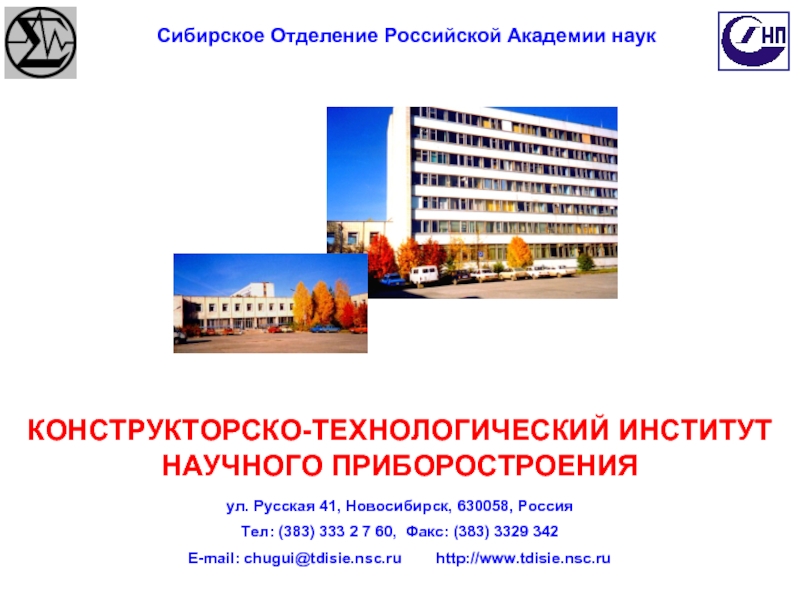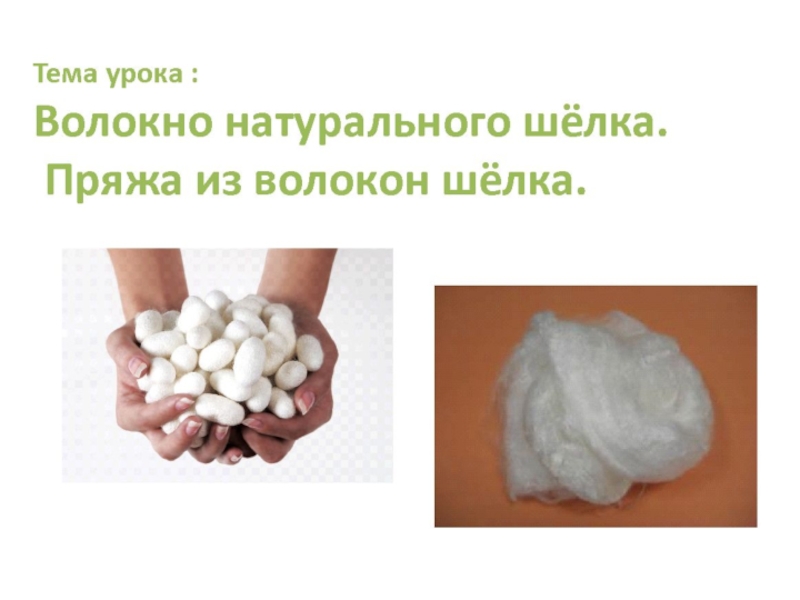- Главная
- Разное
- Дизайн
- Бизнес и предпринимательство
- Аналитика
- Образование
- Развлечения
- Красота и здоровье
- Финансы
- Государство
- Путешествия
- Спорт
- Недвижимость
- Армия
- Графика
- Культурология
- Еда и кулинария
- Лингвистика
- Английский язык
- Астрономия
- Алгебра
- Биология
- География
- Детские презентации
- Информатика
- История
- Литература
- Маркетинг
- Математика
- Медицина
- Менеджмент
- Музыка
- МХК
- Немецкий язык
- ОБЖ
- Обществознание
- Окружающий мир
- Педагогика
- Русский язык
- Технология
- Физика
- Философия
- Химия
- Шаблоны, картинки для презентаций
- Экология
- Экономика
- Юриспруденция
Acknowledgement: These questions are from Standford Open Course Introduction to Databases презентация
Содержание
- 1. Acknowledgement: These questions are from Standford Open Course Introduction to Databases
- 2. Suppose relation R(A,B,C) has the following tuples:
- 3. Suppose relation R(A,C) has the following tuples:
- 4. Suppose relation R(A,B) has the following tuples:
- 5. Suppose relation R(A,B,C) has the following tuples:
- 6. Consider a relation R(A) with r
Слайд 1Tutorial 4
RA Exercises
Acknowledgement: These questions are from Standford Open Course Introduction
Слайд 2Suppose relation R(A,B,C) has the following tuples:
and relation S(A,B,C) has
Compute the union of R and S. Which of the following tuples DOES NOT appear in the result?
(4,5,6)
(1,5,4)
(1,2,6)
(2,5,4)
Слайд 3Suppose relation R(A,C) has the following tuples:
and relation S(B,C,D) has
Compute the natural join of R and S. Which of the following tuples is in the result? Assume each tuple has schema (A,B,C,D).
To compute the natural join, we must find tuples from R and S that agree on all common attributes. In this case, C is the only attribute appearing in both schemas, and the tuples in the join result have attributes A, B, C, and D -- the union of the attributes from R and S.
(6, 4, 3, 9)
(3, 3, 5, 8)
(7, 1, 5, 8)
(3, 1, 5, 8)
Слайд 4Suppose relation R(A,B) has the following tuples:
and relation S(B,C,D) has
Compute the theta-join of R and S with the condition R.A < S.C AND R.B < S.D. Which of the following tuples is in the result? Assume each tuple has schema (A, R.B, S.B, C, D).
(3,4,4,6,8)
(3,4,4,7,8)
(3,4,5,7,9)
(1,2,2,6,8)
Слайд 5Suppose relation R(A,B,C) has the following tuples:
and relation S(A,B,C) has
Compute (R - S) union (S - R), often called the "symmetric difference" of R and S. Which of the following tuples is in the result?
(4,5,3)
(2,5,3)
(4,5,6)
(2,5,4)
Слайд 6
Consider a relation R(A) with r tuples, all unique within R,
(10,5,2)
(5,3,1)
(5,0,3)
(5,3,4
R minus S has at most r tuples (if no values of R are also in S) and as few as max(r-s,0) tuples (if all values of R are also in S).






